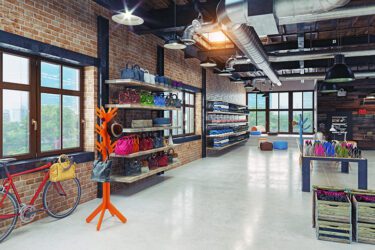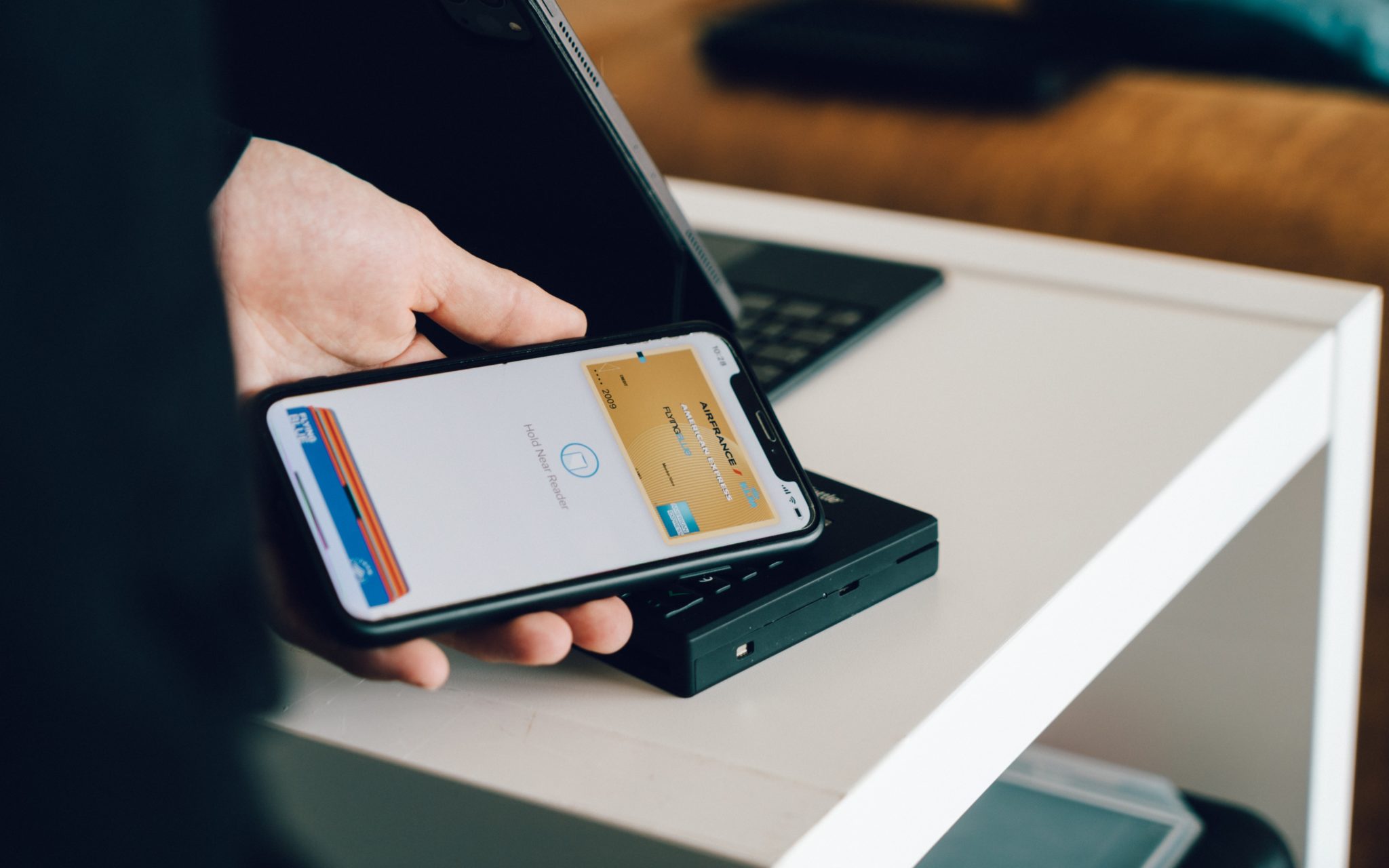When you have dedicated many hours of your life to building a retail business, it is infuriating when your bottom line is devastated by theft and shrinkage. Every business, from the smallest corner shop to the largest chain retailer, would be wise to invest in loss prevention.
Taking precautions to avoid this type of damage to your hard work with retail loss prevention strategies, including security, surveillance, and software, is crucial. Theft, fraud, mistakes, and natural disasters are only some of the many possible causes of financial loss. Below, we will cover the scope of the shoplifting issue and ways to prevent them, including point-of-sale systems and inventory management systems.
Retail Loss: A Rapidly Increasing Problem
 According to a November 2022 article by Forbes, shoplifting cost American brick-and-mortar retailers almost $100 million in 2021. This shocking statistic was revealed by the 2022 National Retail Security Survey, an annual project of the National Retail Federation.
According to a November 2022 article by Forbes, shoplifting cost American brick-and-mortar retailers almost $100 million in 2021. This shocking statistic was revealed by the 2022 National Retail Security Survey, an annual project of the National Retail Federation.
According to the survey, the average rate of decline in 2021 was 1.4%, which is on par with the preceding five years. A rise from $90.8 billion in losses in 2020 to $94.5 billion in 2021 may be shown by calculating the proportion of total retail sales lost to shrinkage. While numerous factors contribute to shrinkage, external theft — including shoplifting and other organized retail crime (ORC) — is a major factor. In fact, there was an average 26.5% rise in ORC incidences at retail establishments that year. These occurrences are becoming increasingly worrisome, not only because of the lost inventory. Eight out of ten shop owners surveyed believe that violence and aggression related to ORCs have escalated in the last year.
Retail Theft Prevention
According to the NRF survey, retailers are investing heavily in security to protect their staff, customers, and businesses from being targeted. They are increasing spending on capital and equipment (52.4%) and loss prevention and technology (27.6%). Technology such as autonomous security robots, license plate readers, and video analytics powered by artificial intelligence at the point of sale/self-checkout are all being used by retailers. In addition, about a third of the merchants polled have set up a specialized ORC team, and such businesses often see more arrests, prosecutions, and civil demands.
 The process of preventing losses begins with the identification of vulnerable spots. To do this, a comprehensive risk analysis of the company is required. The whole company should be evaluated, including its physical safeguards and financial procedures. After identifying risk areas, the next phase is formulating a strategy to deal with them. Loss prevention methods and techniques should be included in this strategy.
The process of preventing losses begins with the identification of vulnerable spots. To do this, a comprehensive risk analysis of the company is required. The whole company should be evaluated, including its physical safeguards and financial procedures. After identifying risk areas, the next phase is formulating a strategy to deal with them. Loss prevention methods and techniques should be included in this strategy.
Investment in security systems and technology is one of the most efficient methods to avoid losses. Examples include closed-circuit television for retail surveillance, electronic access control, and burglar alarms. In addition to providing proof of loss, these systems may be used to discourage theft and fraud.
NCR Counterpoint point-of-sale is uniquely designed to prevent loss from your brick-and-mortar retail business through built-in controls, additional options, and reporting. This hardware and software solution enables you to achieve the industry’s best practices for ordering and receiving, transactions, monitoring employee actions, discounts, price exceptions, and cash-to-credit sales ratios, among many others. These processes will help you pinpoint when employees or customers are creating shrinkage.
 RCS’s Mobile Inventory Management System, or MIMS, is another way to increase accuracy and reduce losses. You can use mobile Android-based hardware to manage your inventory online and offline, working seamlessly with your Counterpoint system.
RCS’s Mobile Inventory Management System, or MIMS, is another way to increase accuracy and reduce losses. You can use mobile Android-based hardware to manage your inventory online and offline, working seamlessly with your Counterpoint system.
Protect Your Business with NCR Counterpoint & Mobile Inventory Management
In conclusion, preventing losses is crucial to the success of any company. It calls for foresight in the form of risk assessment and mitigation, financial investment in physical and digital security measures, and meticulous record-keeping. Cutting-edge hardware, software, and solutions, like Counterpoint and MIMS, can help you reduce employee mistakes and theft. By following these procedures, businesses may protect themselves from potential losses and secure their financial future.



